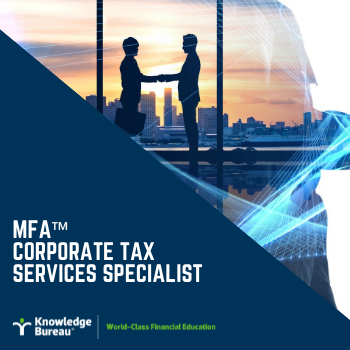Last updated: December 01 2021
The Gig Economy and Employment Insurance

Marco Iampieri B.A., JD, M.B.A.
Did you know that over 100,000 Canadian workers are in the gig economy? These important new growth engines in the economy are often people who are dissatisfied with their current work experience. However, as new entrepreneurs, they need professional guidance from tax and financial advisors to survive and growth. Plus, they may soon be paying EI premiums too. It’s a good space to get into if you are in the business of attracting new clients to your practice. Here’s why:
Gig-economy workers often engage in precarious forms of unincorporated and uninsured self-employment, and for these reasons, they are people tax accountants and financial advisors can provide very valuable services for, particularly in the area of retirement and pension planning, as was discussed in the National Conference on Pensions, held November 30.
Evelyn Jacks, a keynote speaker at the conference reflected on how much new economic growth would come from self-employed in the near future, as entrepreneurship has been democratized by the “Great Resignation.” She noted, “This is a new but widespread trend of a significant number of workers who have left their jobs, mostly in the U. S. but also in Canada, for a variety of reason during the pandemic. At least some of these new entrepreneurs will either build or acquire growth firms for the future.”
 It is a trend that was already rising before the pandemic emerged. The Statistics Canada study titled Measuring the Gig Economy in Canada Using Administrative Data found that from 2005 to 2016, the percentage of gig workers in Canada generally rose from 5.5% to 8.2%. As of November 26, 2019, the Angus Reid Institute reported that one-in-five Canadian workers (17%) are currently engaged in the gig economy.
It is a trend that was already rising before the pandemic emerged. The Statistics Canada study titled Measuring the Gig Economy in Canada Using Administrative Data found that from 2005 to 2016, the percentage of gig workers in Canada generally rose from 5.5% to 8.2%. As of November 26, 2019, the Angus Reid Institute reported that one-in-five Canadian workers (17%) are currently engaged in the gig economy.
What is the gig economy? According to the United Kingdom’s department for business, energy and industrial strategy final report titled ‘The Characteristics of Those in the Gig Economy’ the “gig economy involves the exchange of labour for money between individuals or companies via digital platforms that actively facilitate matching between providers and customers, on a short-term and payment-by-task basis”.
A recent study (Jeon et al. 2019) outlined important aspects of the gig economy in Canada finding that gig workers (self-employed freelances, on-demand online workers and day labourers) represented about 8% to 10% of all Canadian workers in 2016. Half of the gig-workers performed gig work to supplement their wage employment and half of the gig-workers performed gig work exclusively.
Canadians participating as gig-economy workers often carry-on business as sole proprietors, and are thus, self-employed. Gig-economy workers often do not qualify for employment insurance. Unlike employees, gig-economy workers do not contribute to employment insurance (“EI”) via payroll deductions.
However, this could soon change and will come with a cost, according to the last federal budget. This will discussed in an upcoming edition of KBR.
Additional educational resources: Take the Year-End Tax Planning for Corporate Owner-Managers Certificate Course. This course has been designed to teach you how to advise private business owners and managers about the best ways to manage his or her compensation to maximize the amount of after-tax income available. You will gain a solid understanding of the options available when constructing compensation packages. These options include salary-dividend-bonus mixes that maximize tax efficiencies for the owner and each family member. As well you'll learn about constraints imposed by income tax and other laws so you can provide sound advice to the employer or client on compensation planning all year long.
